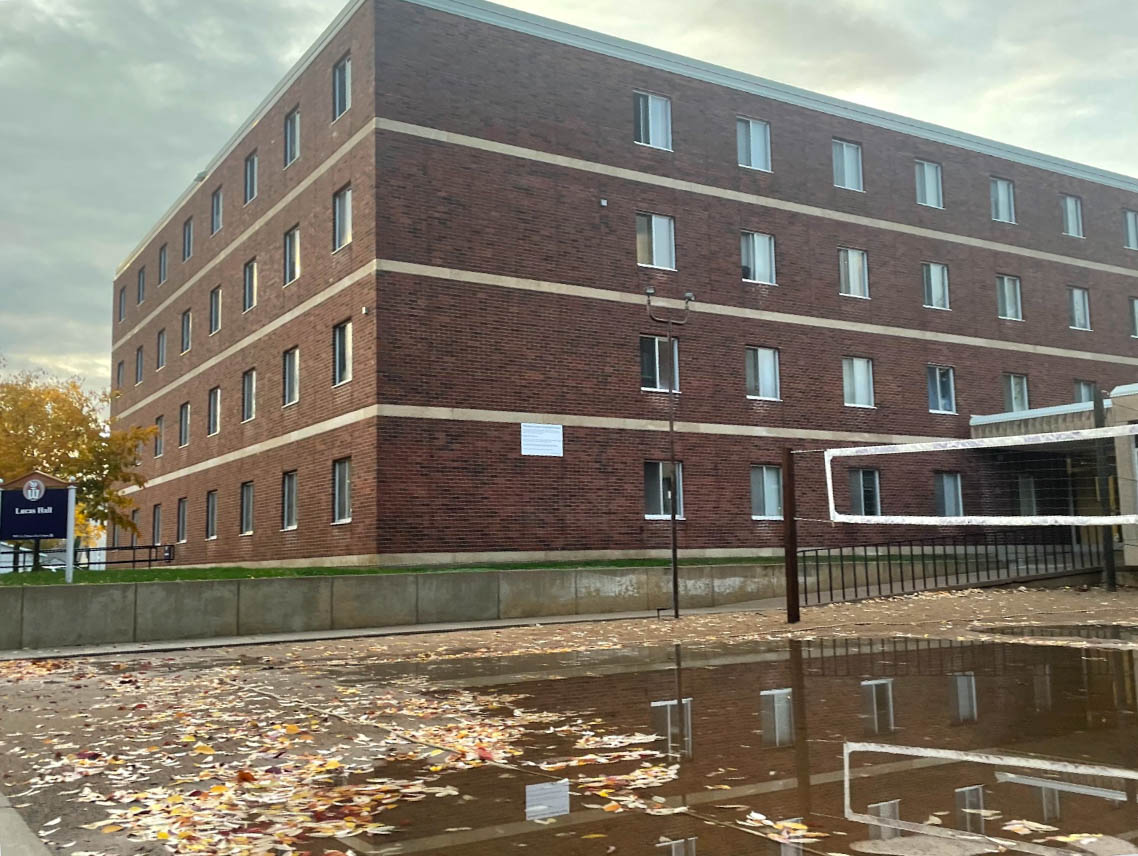Sara Tiradossi/Winonan
Every semester, Winona State University’s exercise science club plans Fitness Assessment Days, an event open to students, faculty and community members to test their fitness levels.
Exercise science club Treasurer Sarah Lentner said the program is typically planned at the beginning of the semester, and the event has happened at Winona State for four semesters.
“We now know how to manage the event, but every year, we also need to think of the volunteers that need to be recruited and the activities to plan,” Lentner said.
Lentner said Monday was a busy day for the volunteers of the program because their schedule was filled up with appointments. She said they were nervous in the beginning, but in the end the turnout was very positive.
Exercise science club President Jennifer Drews said Fitness Assessment Days allows the participants to be tested for their cardiovascular health through the use of specific fitness equipment.
“We are doing free blood pressure testing as part of the program, and are using a densitometry that calculates bones’ density,” Drews said.
Drews said the club members take skin fold measurements, which is a method for determining body fat composition. She said another technique they use is the hydrostatic weighting or “underwater weighting,” which calculates the body’s density underwater.
“We are also measuring V02 max, which calculates an athlete’s volume of oxygen consumed,” Drews said.
“The activity that has been the most popular is the hydrostatic weighting because it costs $10 only, so it’s a good deal,” Lentner said. “It usually costs between $70 to $100 in an actual facility.”
Drews said Fitness Assessment Days usually happen once a semester and runs for three days. She said the program relates to exercise science and movement science students because it gives them experience, such as taking blood pressure, assessing height and weight and learning how to use a densitometer.
“The program basically gives the students useful field experience after they learn the information in class,” Drews said. “That field experience always looks good on resumes.”
Drews said the number of participants changes every year depending on the number of people that sign up for the activities. She said both students in the exercise science department and students who are not in that department come into the lab to get tested.
“I like to program this event and promote it,” Drews said. “My job is to make all the flyers, email people and set up the appointments with my other officers.”
Lentner said Fitness Assessment Days is a fundraiser program set up by the club because every semester the club takes the members to several conferences, such as the American College Sports of Medicine, a requirement for one of the exercise science practicum classes.
“A lot of our classes are practical based, so as a club we reinforce those skills that we learn in class and keep them fresh,” Lentner said. “In the end, it all relates back to what we study.”








































